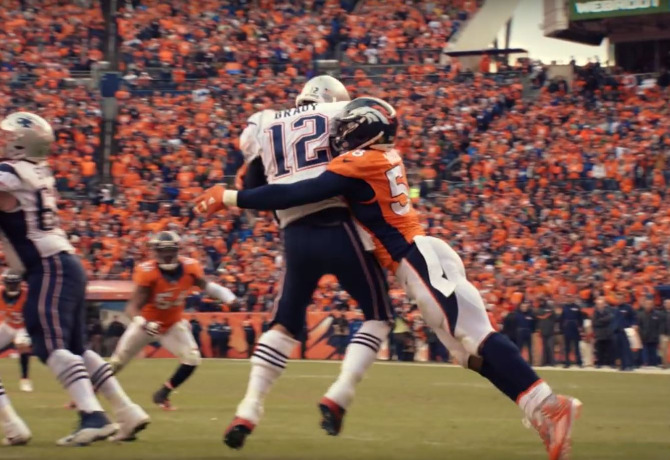Franck Sarrazit, global director, brand and communication at TNS, on why a Super Bowl ad needs to drive more than just a few quickly-forgotten ‘likes’.
The NFL is under increasing pressure to address risks of concussions among players, but when it comes to most Super Bowl advertising, the game is unchanged. Brands won’t hesitate to beat television viewers over the head this Sunday as they try to outdo each other.
As the final touchdown is scored and the last ad spot is screened, many marketers will be left wondering ‘did my ad really make a difference?’ and whether it was really worth that $4.5m investment.
Based on previews out so far, let’s admit, last year’s Super Bowl ads were better than this year’s.
If entertainment is what drives people to pay attention, then this year’s edition might feel to some like the ‘Super Bore’. This feeling might be the result of any number of things. Consider that the big game is sharing the stage with an exceptionally insane US Presidential campaign providing its own fair share of entertainment value, with a new episode every day.
This year there are fewer nutty ‘Hail Mary’ dotcom ads competing with those of more traditional auto and food and beverage brands. Either way, there’s so much saturation we may risk confusing the next candidate’s debate with the beguiling ‘Wiener Stampede’ spot joining Heinz’s ‘Meet the Ketchups’ campaign on Sunday.
There’s no doubt that Heinz, Colgate and Budweiser have created a splash this year with original and shareable content, with ‘#MeetTheKetchups’ generating over three million YouTube views in just the last three days. Likewise, brands like LG Electronics, Hyundai, T-Mobile, Amazon and Pokeman are also getting some traction; none of them seem to show the potential some of last year’s ads showed. Most adverts are still scoring below par when it comes to relevance and long-term impact.
No longer just a spot
A third-quarter, 30-second spot is no longer just a spot. It’s a 140-character Tweet that’s been re-tweeted 476 times. Or a blog post with 78 likes. Or a YouTube video viewed 267,000 times. Or maybe an Instagram post with 12 hearts, if not all of the above.
Even more so in the social media-sphere today, ads have to be seen in terms of longevity, quality of conversation and ultimately driving purchase behaviour. It’s not enough for ads to start a conversation or a social media fusillade. Sure, it must feel good to win the ‘likes’ game, but it doesn’t necessarily guarantee ‘wants’. Many popular ads from previous years – including Budweiser’s ‘Lost Dog’ campaign – failed to score beyond ‘likes,’ soon becoming irrelevant.
Colgate’s ‘Save Water’ Super Bowl ad is a model of simplicity and the best performing advert so far, encouraging us to turn off the tap when brushing our teeth, it has sparked conversations that reach far beyond the brand, category or campaign. Ultimately, these could help embed Colgate into personal contexts that matter to people, and probably make their choice of toothpaste a lot easier next time around.
You might say that this alone won’t change behaviour. Habits are tough to change. But who can blame brands for trying? If anything, next time you face the mirror and reach out for the faucet, you might even bring Colgate to mind, again and again. What will you choose the next time you shop for toothpaste?
Maybe the ideal scenario in today’s Super Bowl ad ecosystem – still an unbeatable platform for reach that will inevitably refresh the brand in the memory systems of multitudes – is for social media to nudge consumers into admitting that as they gorge on Doritos they’ll need plenty of fresh water to wash them down, at least after they’ve run out of beers.
Like the truth, and halftime, the solution is probably somewhere in between.








